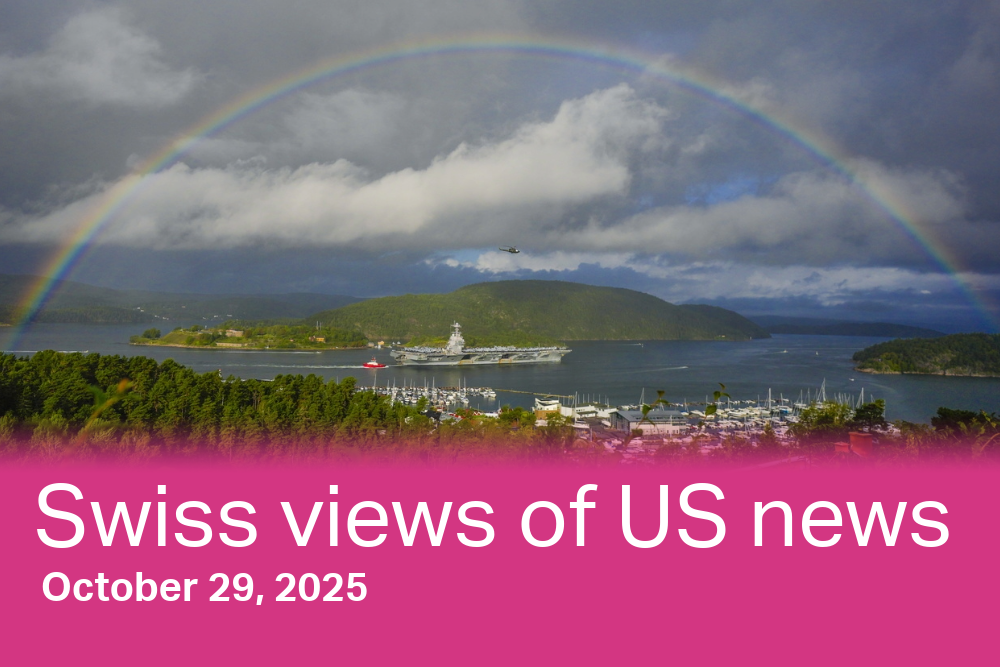
Explainer: What would a nuclear war look like?
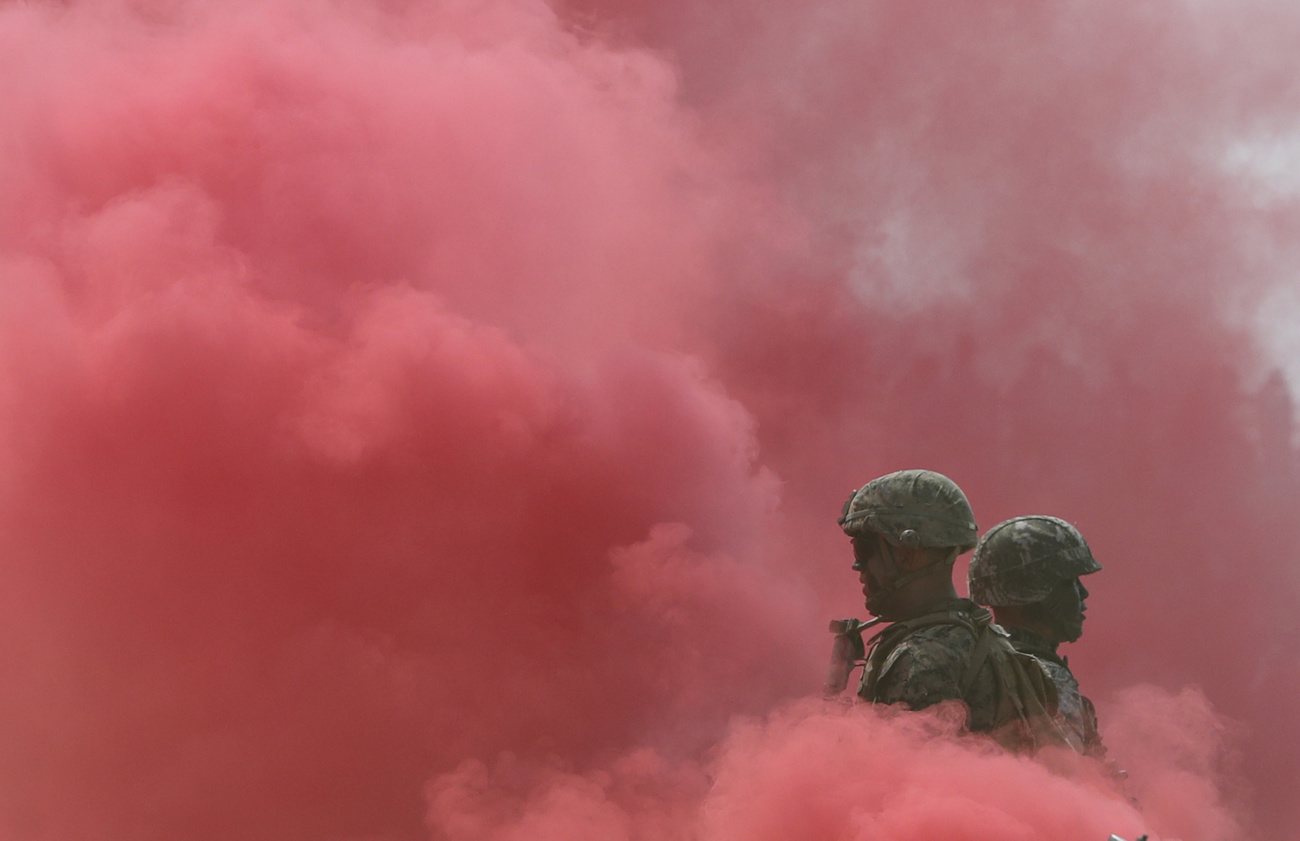
Today’s nuclear weapons are much smaller, more precise and more powerful than those used in the Second World War. This means that a nuclear war would have devastating effects far beyond Ukrainian borders.
Russian President Vladimir Putin has made it clear: anyone who tries to obstruct military action in Ukraine will have to reckon with “consequences never experienced in history”. The threat of nuclear conflict puts the whole world on alert and turns the clock back 60 years, when the Soviet Union threatened to start a nuclear war by arming Cuba with ballistic missiles. Subsequent efforts at disarmament have not stopped Russia from continuing to develop its technology. Today, the country possesses the world’s largest nuclear arsenal, with nearly 6,000 warheads, which corresponds to almost half of all existing nuclear weapons globally.
Since the first nuclear bombs were dropped on Hiroshima and Nagasaki in 1945, nuclear technology has evolved significantly. It is more complex: the variety of weapons developed allows for both large-scale and targeted attacks with a longer range and a much greater destructive force.
SWI swissinfo.ch looks at nuclear weapons today and what a nuclear war would mean for the world.
How has nuclear weapons technology evolved since 1945?
The bomb dropped on Hiroshima in 1945 weighed around 4,500kg and killed over 100,000 Japanese. Over time, significant strides have been made in miniaturising the technology: today’s nuclear weapons are more compact and usually weigh just a few hundred kilos but have the potential to kill millions of people. These features make it possible to carry out an atomic attack using a variety of means, from ballistic to cruise missiles, reaching every part of the globe.
“Many of these weapons are much smaller, lighter and easier to deliver than they used to be. In addition, their explosive power is much greater,” explains Stephen Herzog, a researcher at the Center for Security Studies at the federal technology institute ETH Zurich. Some of the nuclear weapons Russia has at its disposal today are over 50 times more powerful than those dropped on Hiroshima and Nagasaki.
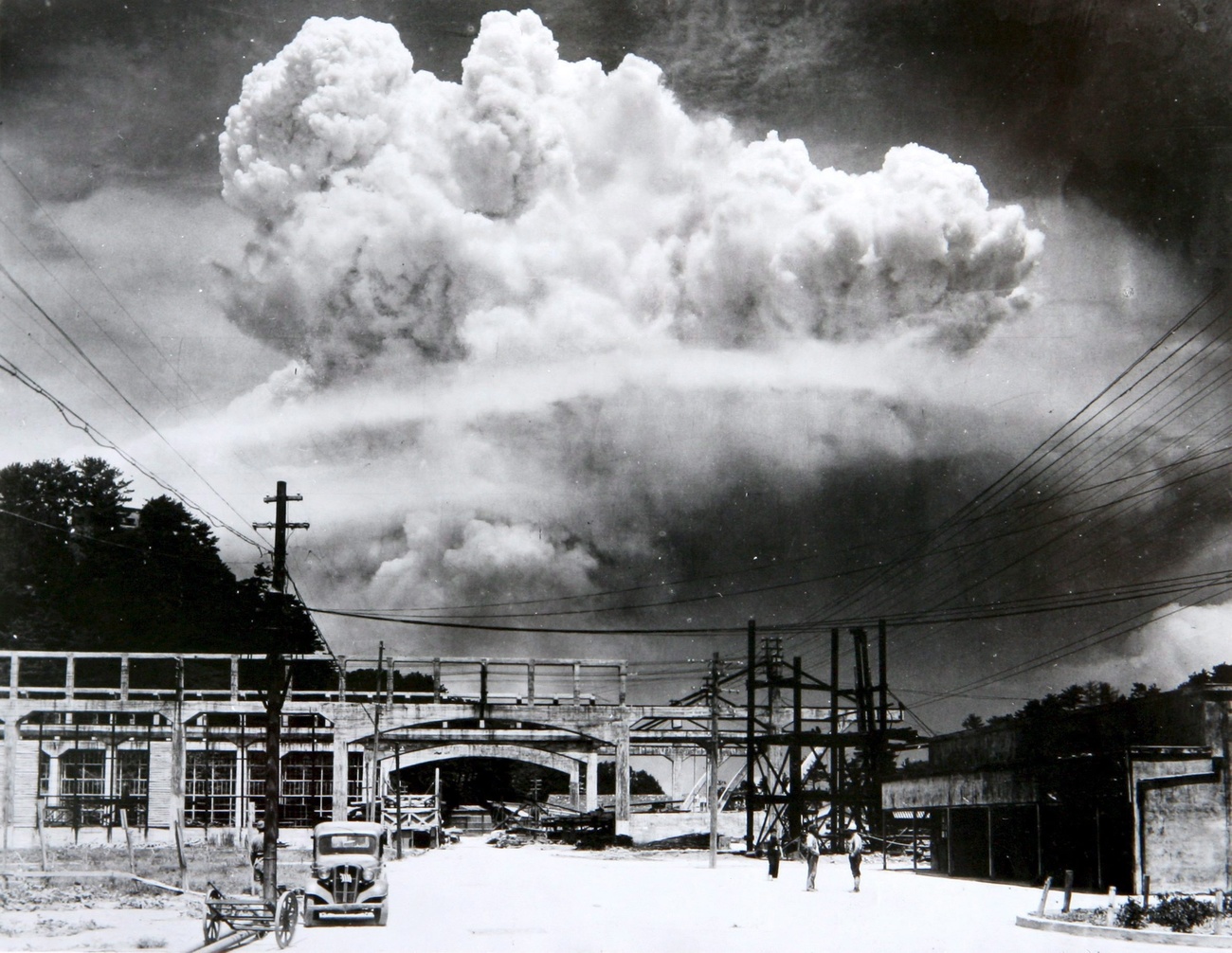
More
UN atomic bomb exhibition to continue as reminder of devastation
What does Russia’s atomic arsenal look like?
Russia has a very diverse atomic arsenal, which allows it to launch attacks using land, sea and air delivery platforms: this is the so-called “nuclear triad”, which is also the prerogative of the United States and China. Land-based weapons are ballistic or cruise missiles, some of which have an intercontinental range capable of reaching very distant targets, such as China or the United States. Others have shorter ranges and are aimed at the European continent.
Sea-launched missiles, on the other hand, are launched from submarines that are difficult to locate as they may be hidden underwater around the globe. Heavier bombs are still transported by air in strategic bombers that fly long distances. The advantage of the triad is that it provides greater deterrence as well as superior strategic capability and flexibility. These dispersed platforms also make an arsenal more “survivable” or more difficult to destroy in a war.
How can the different types of weapons be used?
Strategic nuclear weapons are generally used to target cities.
“But they can also be used to target very large and important military assets, like bases and naval strike groups at sea,” Herzog says. Tactical or non-strategic weapons, on the other hand, are low-yield weapons designed to be used on the battlefield as an “equaliser of forces”: to tip a conflict in one’s favour. Russia possesses an estimated 1,900 tactical nuclear weapons.
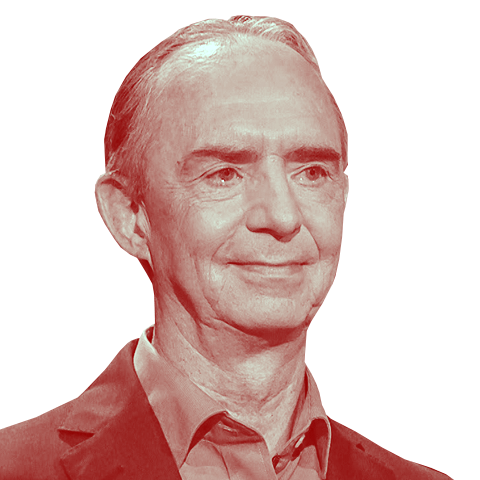
More
Have nuclear weapons really become illegal?
Which conflict scenarios are possible?
If Russia decides to launch a nuclear attack on Ukraine or any other country intervening to support the Ukrainian government, it is more likely to use tactical battlefield nuclear weapons than large strategic warheads that the US might interpret as a direct attack on NATO, says researcher Alexander Bollfrass of the Center for Security Studies at ETH Zurich.
A large-scale attack would in fact risk activating NATO allies’ deterrence forces, says Bollfrass. Using tactical nuclear weapons, he adds, would allow the Russian army to destroy militarily strategic points in Ukraine, such as airfields, or to send a strong political message to the Ukrainian government by mounting warheads directly on missiles it is already deploying in the conflict.
In addition to pre-meditated attacks, one has to consider the risk of accidents, which increases during the transport of nuclear warheads or with fighting near nuclear power plants, as is already happening close to Zaporizhzhia, where Europe’s largest nuclear power plant is located. The Russian army was recently accused of damaging the plant by shelling some of the buildings before taking control of it. This act poses a serious threat to the security of the whole of Europe.
Nuclear tensions and weapons on high alert also increase the risk of misperception and the escalation of conflict.
More
What damage could today’s nuclear weapons cause?
If Russia were to deploy its entire atomic arsenal, part of the planet would become uninhabitable and the world as we know it would no longer exist, Herzog says.
But even the deployment of just a small part of this arsenal would have devastating long-term consequences.
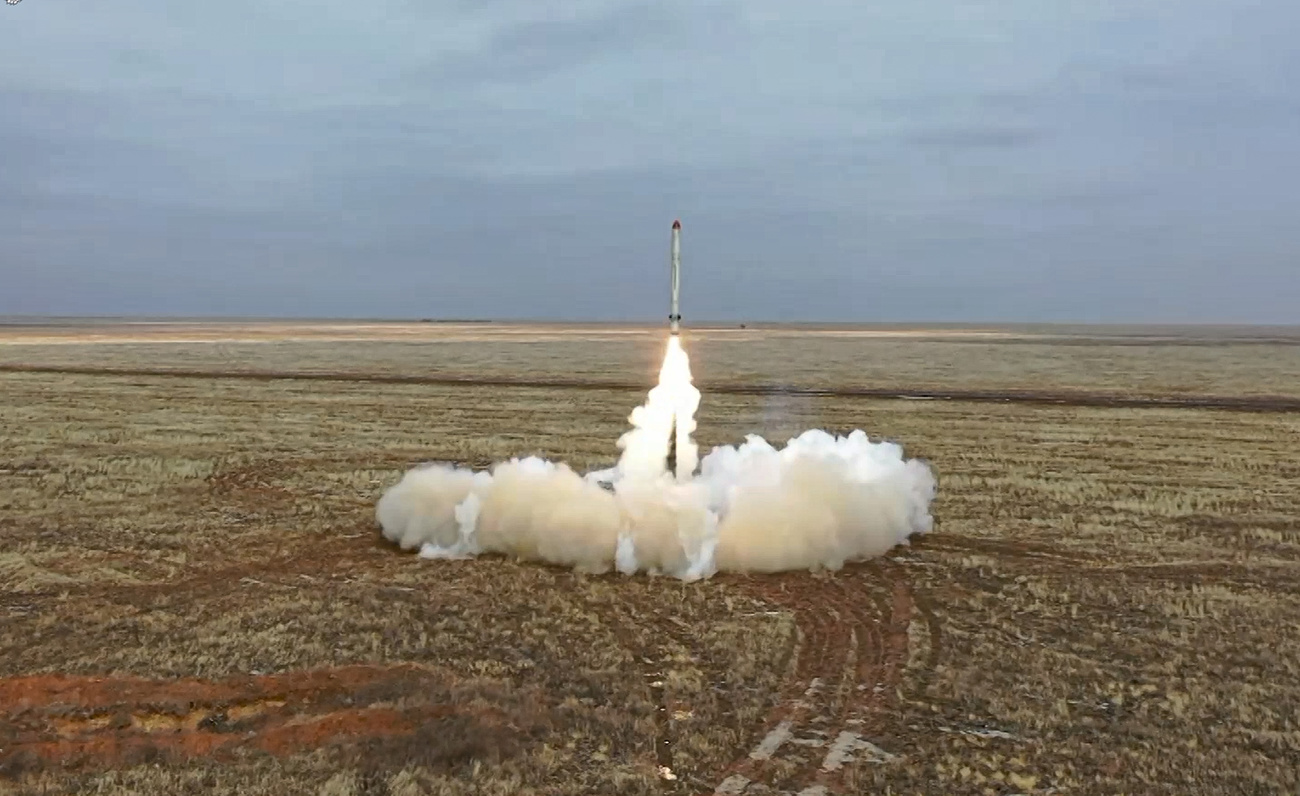
More
‘The consequences would be similar to a nuclear accident’
“The atmospheric overpressure caused by the shockwave of the nuclear explosion would be able to destroy entire buildings up to tens of kilometres away, apart from those made of hardened reinforced concrete,” he explains.
Hundreds of thousands of people could be instantly killed or injured by debris or collapsing buildings. In addition, the explosion would create visible, infrared, and ultraviolet light waves that would combine to produce a kind of large, very hot fireball capable of burning everything and creating third-degree burns within an even larger radius than the blast damage.
Contaminated populations would have to deal with subsequent radioactive fallout, which can cause tumours and birth defects.
What risks are there for the rest of the world?
Today’s atomic weapons technology makes it possible to wipe out entire metropolises even over great distances. “Every major city in the US is potentially half an hour from destruction, and every major NATO city in Europe is roughly 20 minutes from being destroyed by one of these ballistic missiles,” says Herzog.
Switzerland and Austria are less at risk because of their neutrality, but the radiation effects could be enormous over the whole of continental Europe, including in Switzerland, and would be similar to those caused by a nuclear power plant meltdown, “even if battlefield nuclear weapons were used”, he says.
How likely is a nuclear attack?
To date, the probability of Russia using nuclear weapons is still remote, but the risk is not zero. Instead, it is more likely that Putin will decide to use chemical weapons before nuclear ones. These weapons, besides being considered less taboo by the Russian president, make it easier to deny the evidence, because “in the event of an attack it is easier to blame the Ukrainian forces, whereas a nuclear attack leaves no doubt as to who is responsible,” says Herzog.
However, it should not be forgotten that the ongoing war is not just between Russia and Ukraine, but between Russia and Ukraine with Western supplies and intelligence. Escalation cannot be ruled out. That is why the nuclear threat is so scary, Herzog and Bollfrass agree.
This United Nations treaty, which was adopted in 2017 and entered into force in January 2021, for the first time bans in a binding manner the use or threat of use, development, testing and stockpiling of nuclear weapons.
The document has so far been signed by 86 countries, but not by Switzerland – despite the country having voted in favour of its creation – nor by any country that possesses atomic weapons.

In compliance with the JTI standards
More: SWI swissinfo.ch certified by the Journalism Trust Initiative
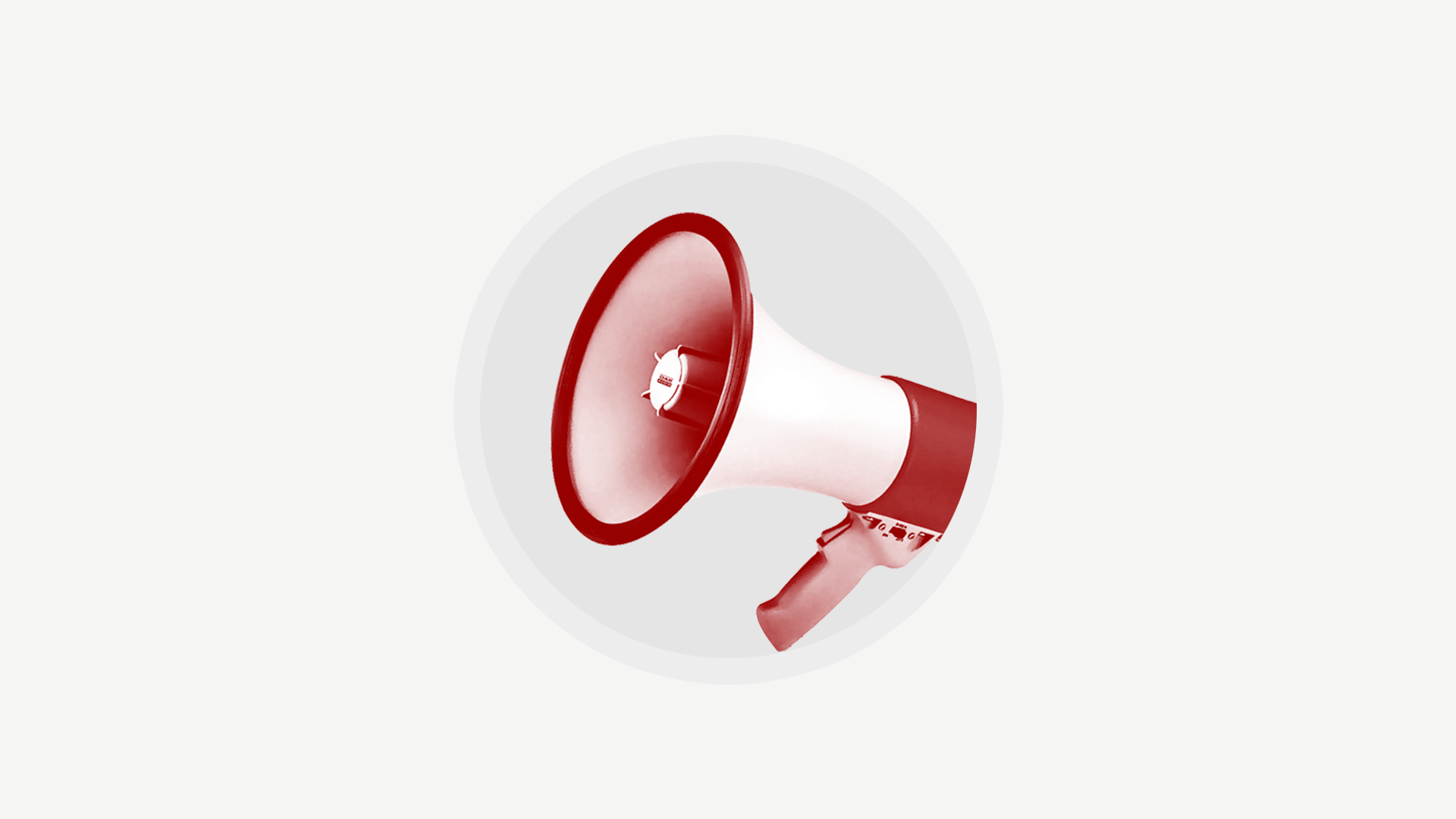

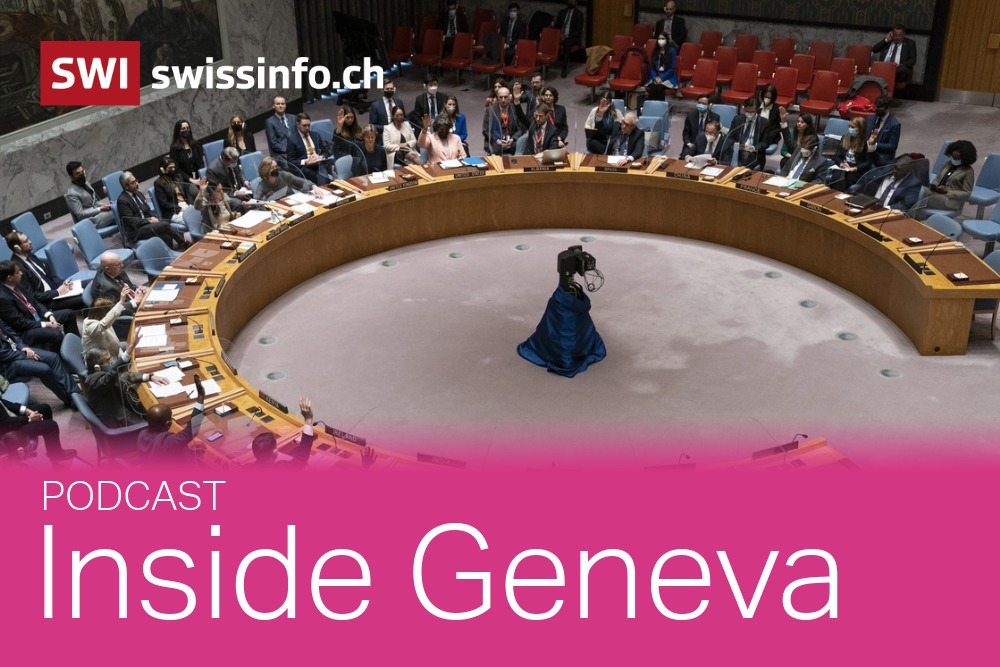









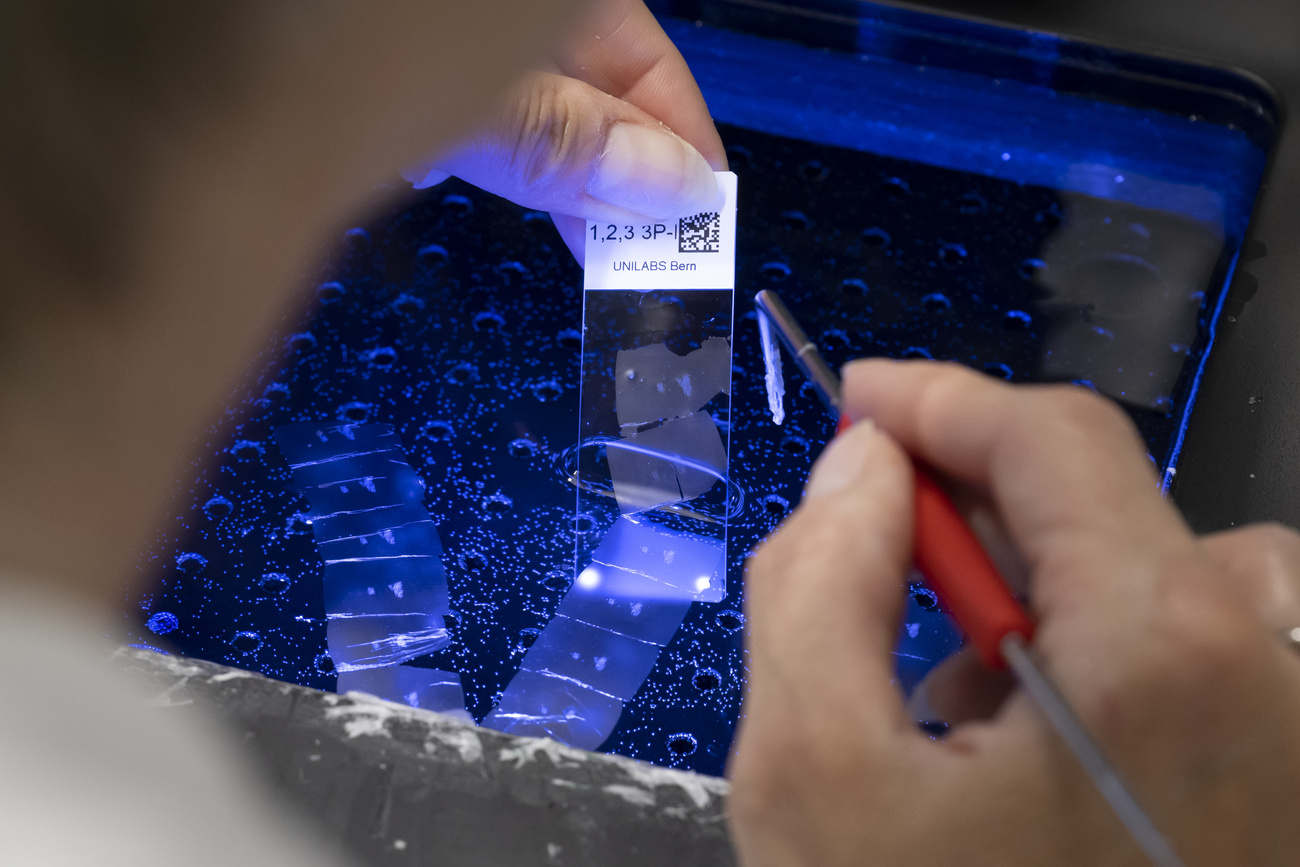


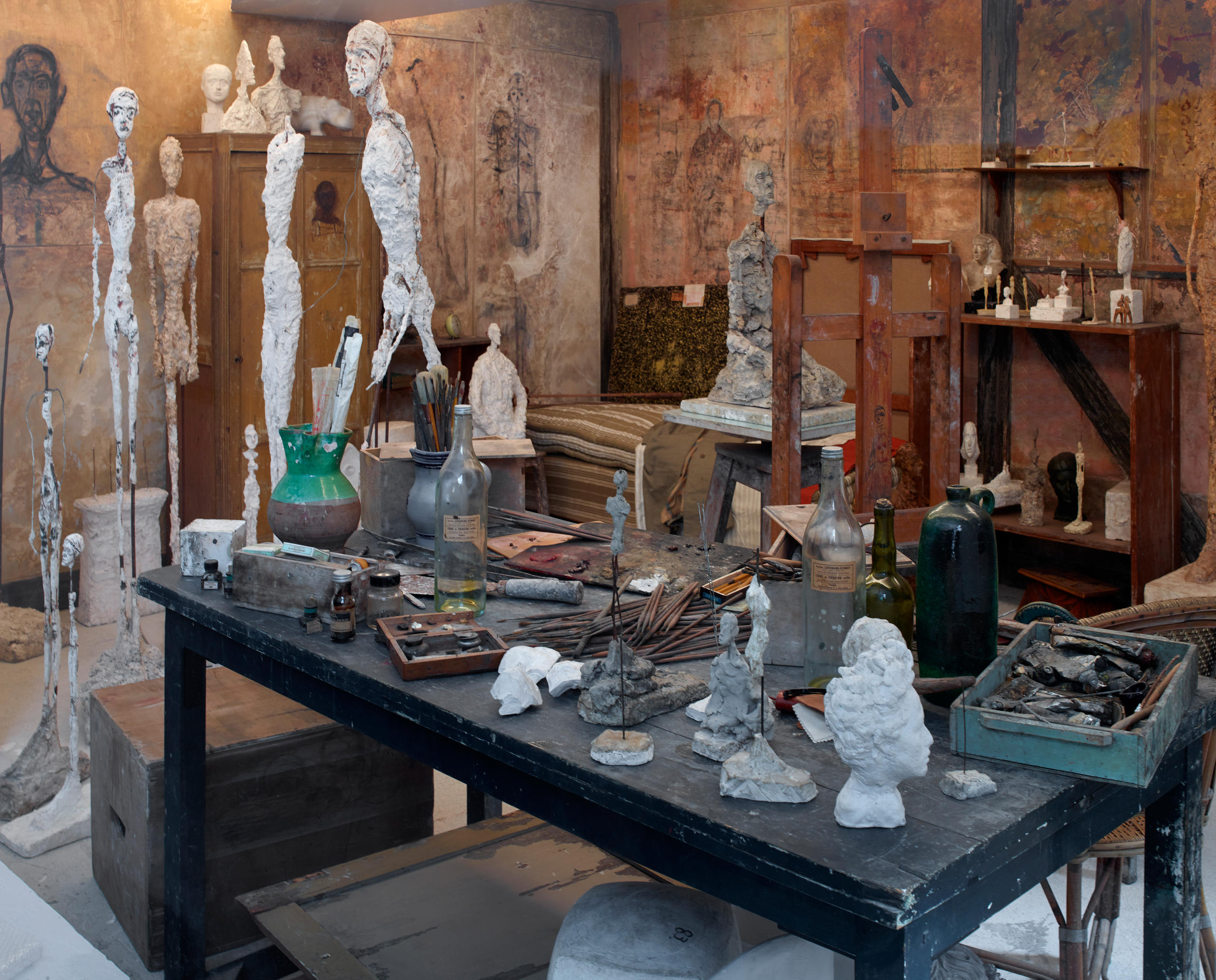


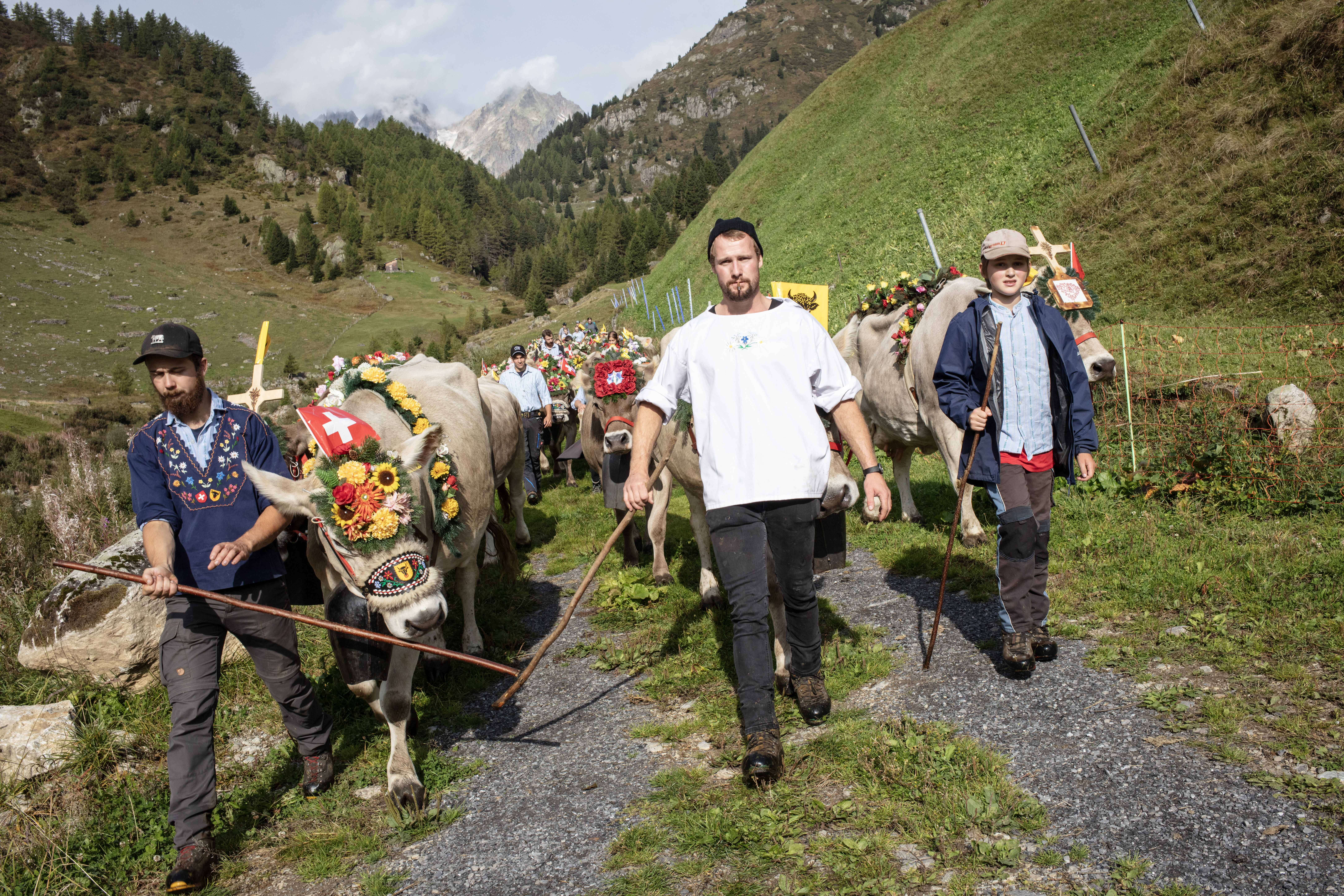



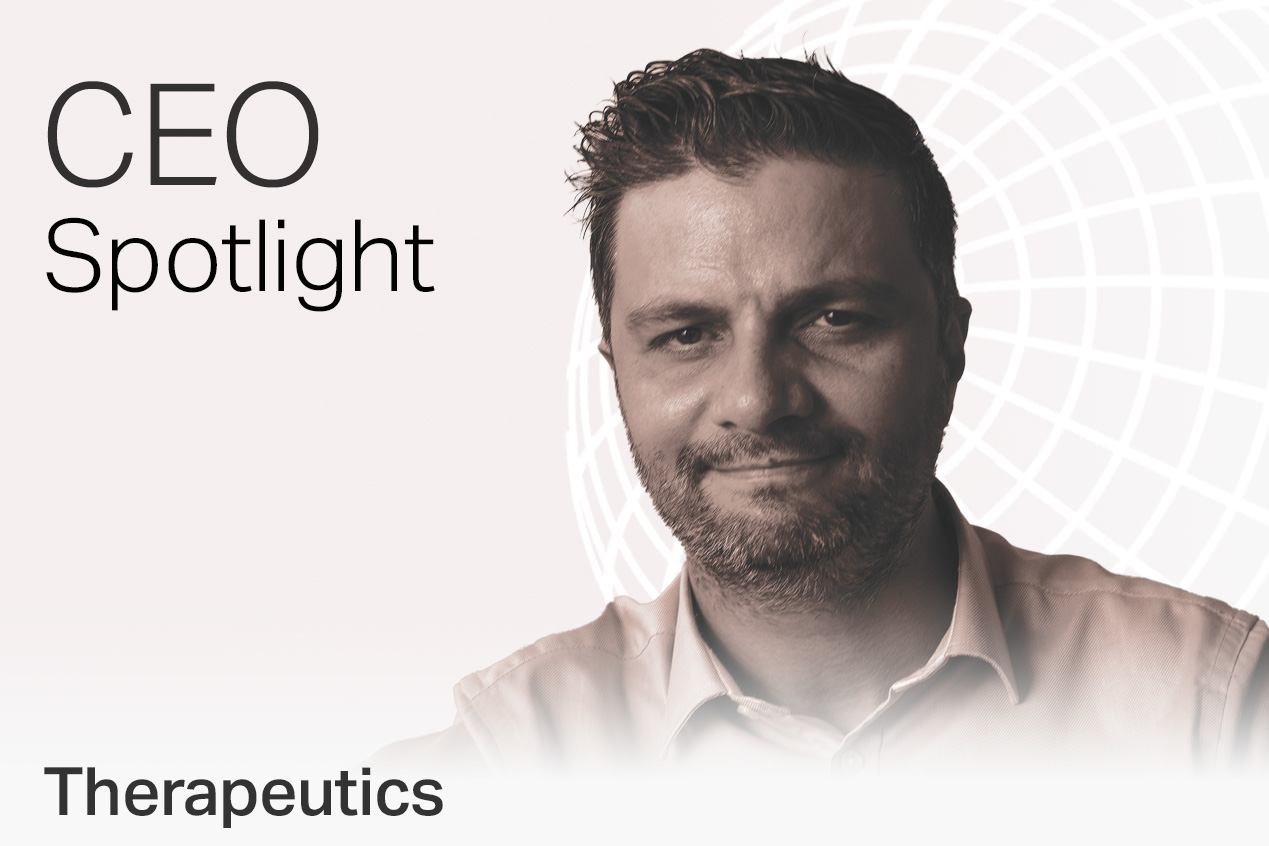




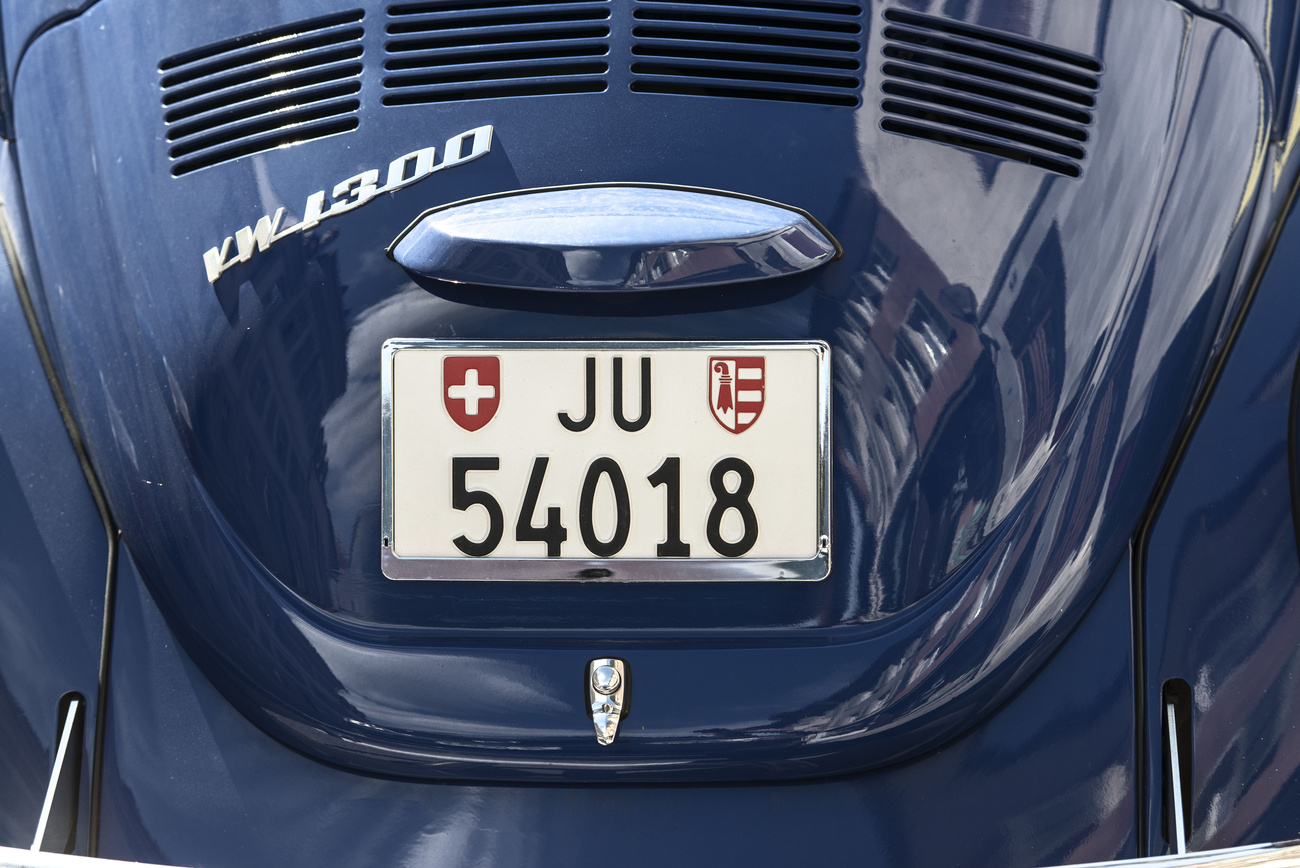
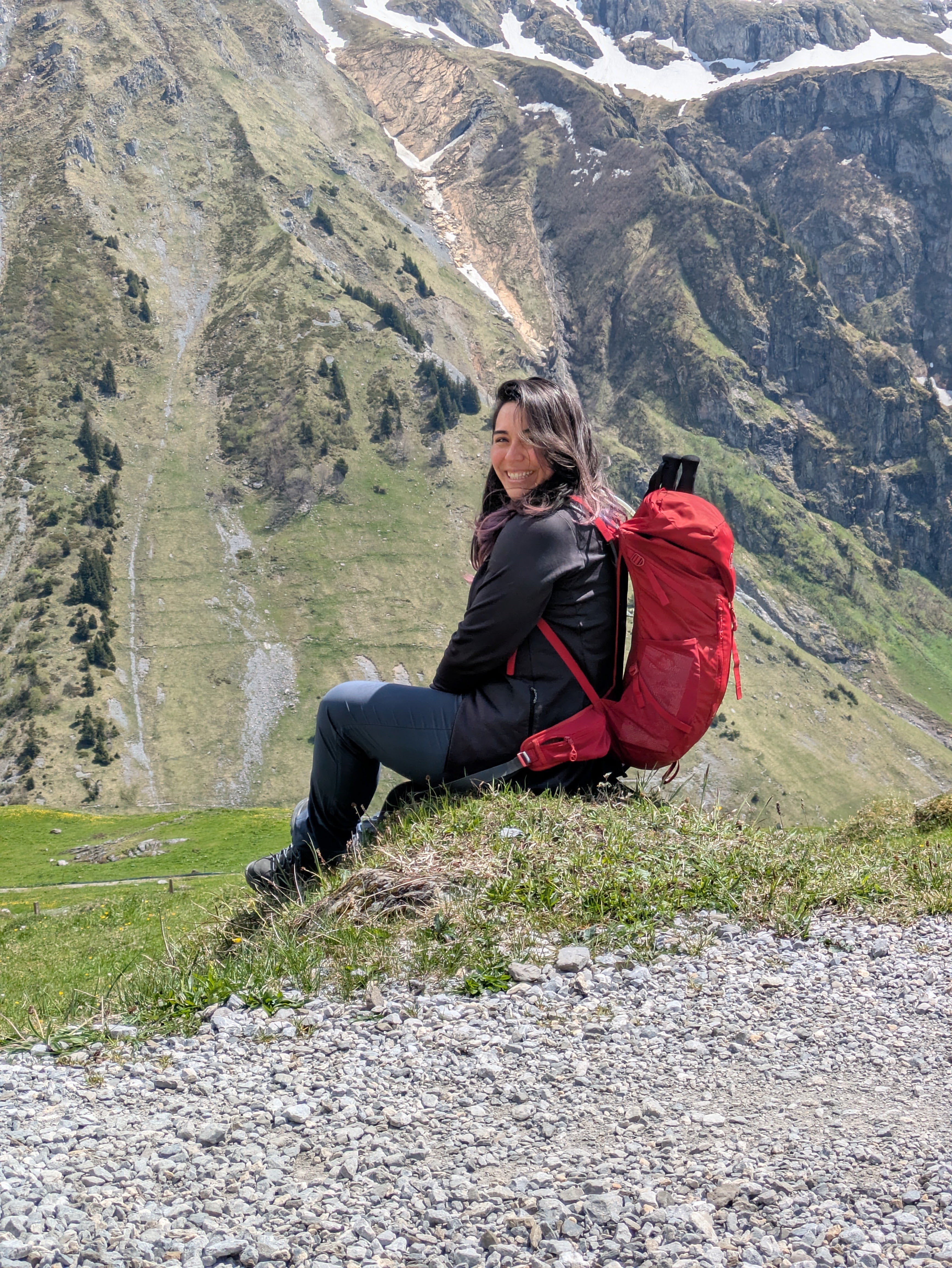


You can find an overview of ongoing debates with our journalists here . Please join us!
If you want to start a conversation about a topic raised in this article or want to report factual errors, email us at english@swissinfo.ch.